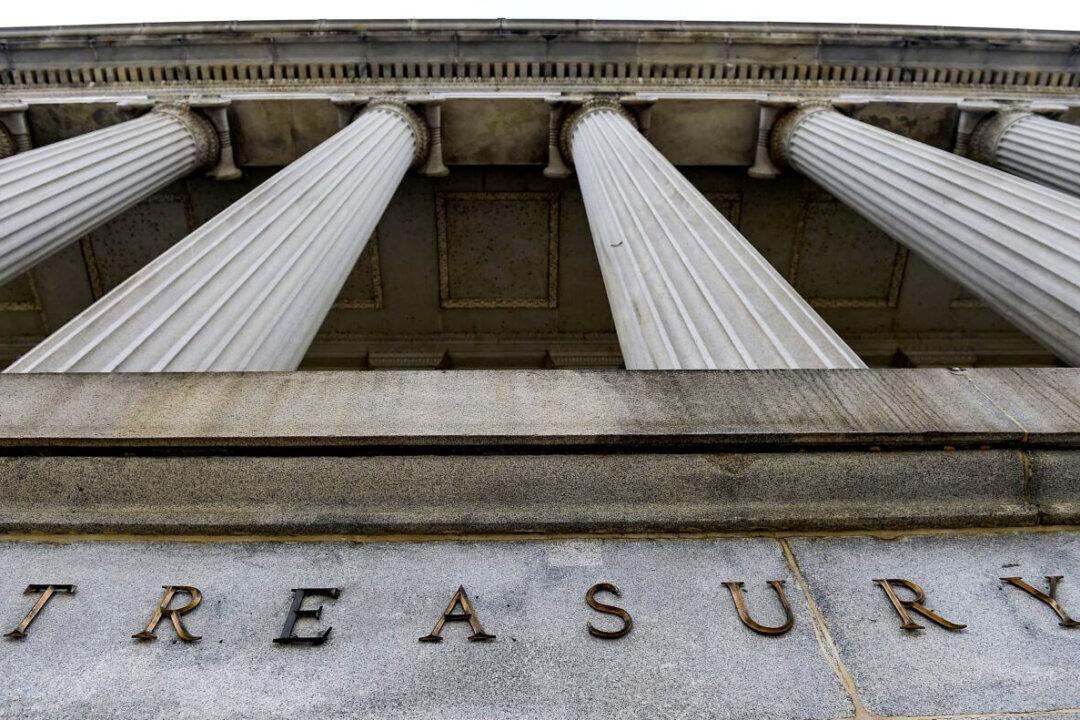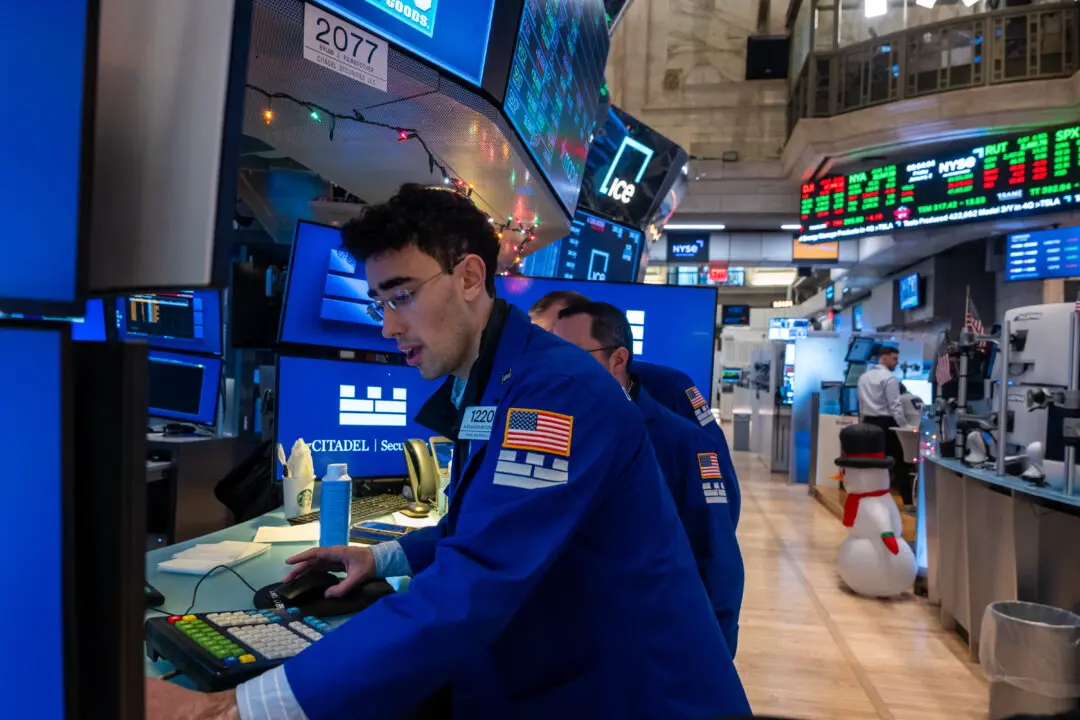Commentary
On Sunday, March 5, 1933, just one day after his inauguration, newly elected U.S. President Franklin Delano Roosevelt declared a banking “holiday,” closing all U.S. banks for four days. By the time the first banks began to reopen, financial regulators had scoured the banking system to determine which banks would survive and which would not.





